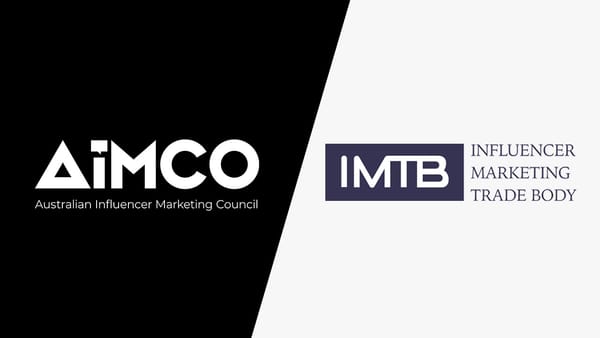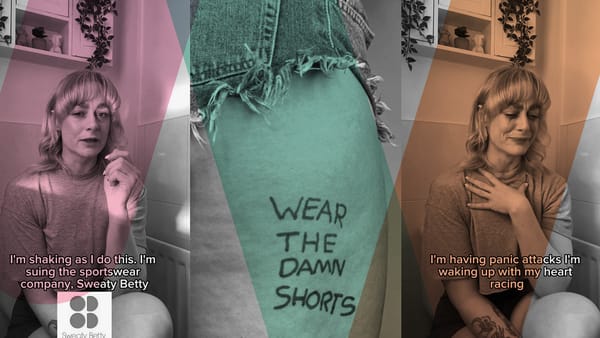Finding the right level of output
Across the region, more than half (52%) of those surveyed are watching more influencer content than a year ago, with the most popular category being entertainers (62%) – comedians, gamers and sports personalities. This puts enormous pressure on production to remain authentic and high quality.This means that brands must have realistic expectations of what influencers can produce and how quickly they can produce it. While many influencers are now full-time professional content producers, many micro-influencers and bloggers balance their hobby with other commitments – the risk being that they drop this and prematurely adopt paid relationships that endanger their credibility.At the core, influencer marketing is really intended to be about word-of-mouth; a timeless tradition of sharing our latest discoveries and preferences. Therefore, there is also a very important balance to be struck with promotional content and the results that can be expected and achieved.The Pace of Change is Breaking Influencer Marketing, it’s Time to Press Pause

Recent headlines have been littered with calls to clean up the influencer marketing industry. Whether it’s the Advertising Standards Authority (ASA) backing the Competition and Markets Authority’s (CMA) latest probe, or similar conversations coming to the fore in Australia, it’s clear that finding a solution to falling authenticity and transparency has become an industry-wide priority. Both the ASA and CMA point to regulation as the next necessary step to ‘clean up’ the industry. Certainly, nearly half (49%) of the consumers recently surveyed by Bazaarvoice felt as though it was time that an influencer marketing association embed stricter rules for content that social media personalities produce. But regulation only stems from the problems, it doesn’t tackle the root cause. Commenting on influencer marketing, Keith Weed, chief marketing and communications officer at Unilever recently highlighted that “It’s [the] pace of change that means we are in a different place from that which any of us intended.”While many wouldn’t have heard of influencer content five years ago, today, 49% of UK consumers now expect new content on a daily basis from the influencers they follow.Failing to signpost sponsored content, misrepresenting real life and buying thousands of fake followers are just some of the symptoms Keith Weed describes as the “unintended consequences” of the speed at which influencer marketing has become such a prominent marketing strategy. Here’s why marketers need to find the right level of output for influencers in order to maintain quality and authenticity.







